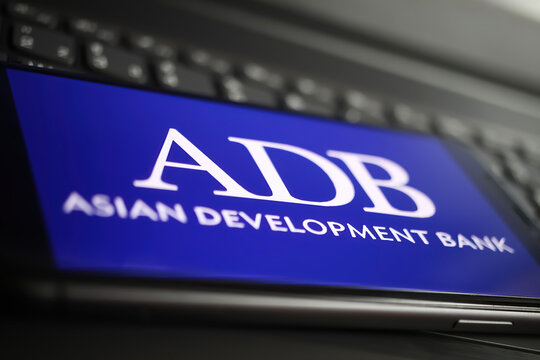Asian Development Bank (ADB) on Thursday issuer its forecast for April 2024 which noted that Pakistan ‘s growth in Financial year 2014 will remain at 1.9 % and it may improve to 2.8 % in next fiscal year . It said Pakistan’s economy contracted as devastating floods, political unrest, and policy slippage curbed investment, consumption, and production. It added that Pakistan’s real GDP declined by 0.2% in fiscal year 2023 (FY2023, ended 30 June 2023) following 6.2% expansion in FY2022.
On the demand side, private consumption growth slipped to 2.4% from 7.1% in FY2022 (Figure 2.20.1), reflecting higher living costs and slower nominal income growth amid a weakening of employment. Limited fiscal resources led to a 31.6% drop in public investment, while private investment fell by 14.6%, in line with the pessimistic outlook. A steep decline in imports from ad hoc import controls allowed net exports to contribute positively to growth.On the supply side, growth slowed or contracted in all main sectors. Growth in agriculture was halved
to 2.3% from 4.3% in FY2022 as cotton and rice output declined (Figure 2.20.2). Less cotton production, scarcity of inputs due to import controls, and political instability and economic uncertainty led industry to contract by 3.8%, reversing expansion by 7.0% in
FY2022. Large-scale manufacturing, accounting for nearly half of industry, shrank by 9.9%, while construction declined by 9.2%. With imports, crops,
and industry all declining, services stagnated, with growth falling to 0.1% from 6.7% in FY2022.
Currency depreciation, increases to administered prices, and supply disruptions from floods and
import controls caused inflation to soar. Average inflation jumped from 12.2% in FY2022 to a 5-decade high of 29.2%, as increases in food prices, representing
more than half of the overall price index, rose from about 13% to nearly 40% (Figure 2.20.3). Core inflation
increased to 16.2% in urban areas and 20.6% in rural areas.

